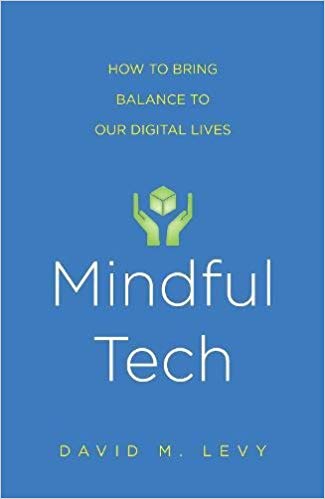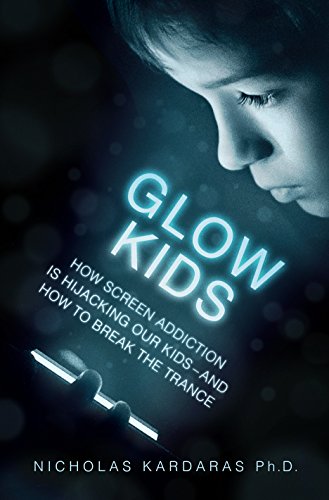Mindful Technology Use Resource Page
It seems we can no longer talk about mindfulness without simultaneously looking at the impact of technology. While mindfulness calls on us to be present and attentive to whatever arises, digital technology is designed to capture our attention and often results in us being mindless. Young people are especially susceptible to the draw because of their developmental stage combined with growing up in a world where technology is ubiquitous. Modern families are in a unique position now where we have to decide how to create boundaries that help everyone thrive in this environment.
My hope is that by getting curious about our habits and impulses around technology use as a family, as well as the social and emotional impact, we can make intentional decisions most aligned with our values and beliefs.
STEP 1: PERSONAL INVESTIGATION
Get curious and honest about your current technology use habits. Use the below surveys to start a conversation about what you notice. Does anything surprise you?
Other resources:
Game Over: Screening for Problematic Screen-Time
Mindful Tech Use exercise with David Levy
STEP 2: EDUCATION
Learn more about the ways that technology use can impact us physically, mentally, and socially. Remember that each person may be affected differently, so be sure to reflect on the behavior you see in yourself and your child.
Media and Children Communication Toolkit Read about the American Academy of Pediatrics Recommendations and position papers that support those recommendations
Children’s Screen Time Action Network Resource Library (Exhaustive list of resources related to the impact of technology on children, clearly organized)
Education:
Caution flags for tech in classrooms
I gave my students ipads- then I wished I could take them back
Computers ‘do not improve’ pupil results, says OECD
PSYCHOLOGICAL IMPACT:
Have Smartphones Destroyed a Generation?
Screentime is Making Kids Moody, Crazy, and Lazy
Screen Addiction is Taking a Toll on Children
physical impact
Neuroscience:
Gray Matters: Too much screen time damages the brain
Reading:
Screen Reading Worse for Grasping Big Picture, Researchers Find
Screen vs Paper: What is the difference for reading and learning
The Reading Brain in the Digital Age: The Science of Paper vs. Screens
Corporate Interests and the Attention Economy
Tristan Harris and ‘Time Well Spent’ (Check out the Ted Talk at the bottom to encourage family conversation)
The Attention Economy- How They Addict Us (F*** bomb warning, but good overview)
This panda is dancing (poetic video)
Counterargument:
Why calling screentime “digital heroin” is digital garbage
Step 3: Expert Guidelines
Explore some of the suggestions of experts on this subject
Common Sense Media: Screen Time
What the Screentime experts do with their own kids
How (and When) to Limit Kids’ Tech Use
American Academy of Pediatrics Screen Use Guidelines
Quick Starter Suggestions:
Designate screen-free times and spaces in your day. (Consider meal times, bedrooms, and when in social settings)
Notice and avoid the tendency to fill every spare minute in the day with technology. Tune back into your surroundings or give your brain a moment or two of rest.
Use a timer or Screen Time settings to monitor and limit screen use.
Make your phone less compelling. Turn off notifications for anything non-pressing (ex-news, Instagram, Facebook, email) Tuck non-essential apps away on the last page, or delete all together (games, social media, etc)
Be mindful and task-oriented when using screens.
Check in with your body while using screens. How does it feel? Do you need a break?
Take regular breaks while using screens and engage your senses with the physical world.
Develop a habit of using paper for note-taking, reading, and personal reflection.
Engage in meaningful ways with the world around you.
STep 4: intention
Take a moment to get big picture. What matters to you? How do you want to be in the world? What do you want to teach your kids about how to be in the world? Connecting with this deep felt sense is important before we are digging into the specifics. When you go to make a plan, make sure your decisions align with this greater sense of purpose.
STEP 5: Make a plan!
Having considered your technology habits and the habits of your family, sit down together and make a plan for yourselves. Talk about what will be hard about it and what you are looking forward to. Name the things you like to do together that are not screen dependent. Set up a time to check in on the plan to see how it’s going.
STEp 6: TELL ME ABOUT IT!
If you have any questions or comments that arise as you go on your mindful tech use journey, please be in touch! I look forward to hearing from you.














